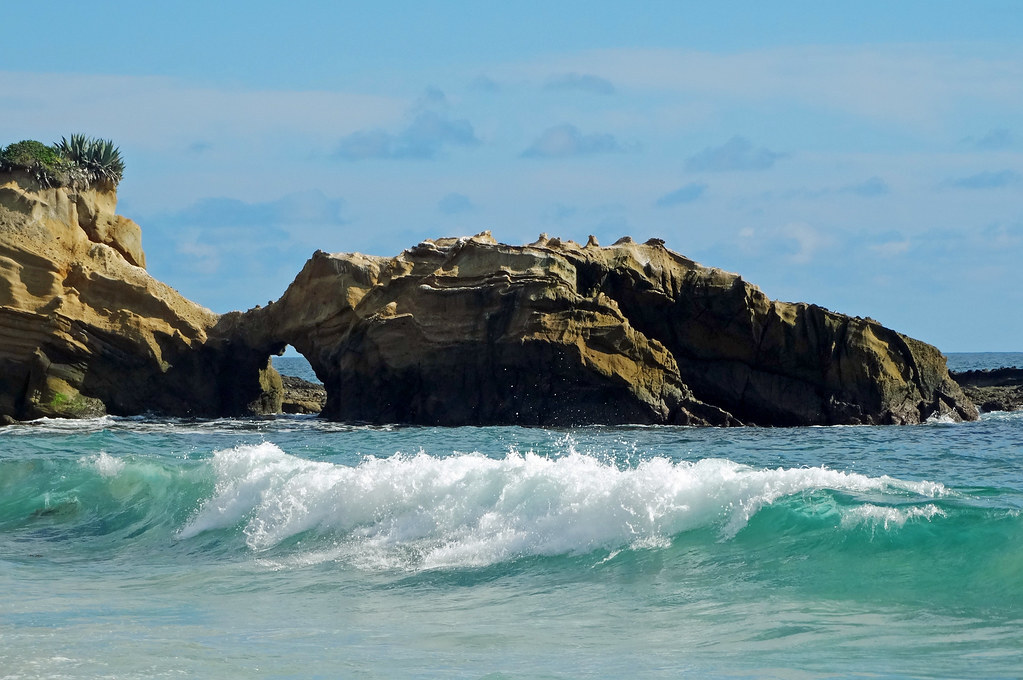
My summers growing up in Orange County were spent at the beach and in the waves. The summer I turned 16, my friends and I spent every day at the beaches from Huntington Beach to San Clemente. Our favorite spots were the hidden gems in Laguna Beach, like 1,000 Steps and Table Rock, the ones unknown to tourists. These were the beaches that, despite being only a 15-minute drive from home, felt like we were on vacation – with their crystal blue water and arched rock formations. We would spend all day body surfing in the waves, while spearfisherman would walk along the beach with their spiny lobster prize for the day. Once exhausted, we relaxed in the warm sand, listening to the waves crash on the rocks. And when it was time to return to reality, we drove home with the windows down enjoying the breeze on our newly tan skin smelling like salt water.
As Californians, our identity is inextricably tied to the Pacific Ocean and our majestic coastline. From surfing to fishing, sunbathing to whale watching, swimming to keeping our beaches clean, it’s in our DNA to care for the ocean.
The ocean is filled with the most amazing wildlife on Earth. To protect our marine life, California has adopted a network of marine protected areas (MPAs) to serve as ocean ‘hope spots’, providing a buffer to climate change and disturbances compared to unprotected areas. While MPAs have proven a valuable tool to protect our biodiversity, California is failing to protect the water quality of these precious hope spots. California’s coast is regularly inundated by pollution with no water quality protections for MPAs. When it rains, the water flows through storm drains and gutters and into our waterways, carrying pollutants that make swimmers sick and harm marine life. To protect our coast from the threat of stormwater, the State Water Board created Water Quality Protection Areas that, like MPAs, serve as a tool to protect and preserve marine ecosystems from human perturbation. Policy levers like these serve as our best methods for protecting the biodiversity of the places we love.
Currently, only about a third of MPAs have any water quality protections. But in 2020, the State Water Board and the Ocean Protection Council have expressed renewed support for creating water quality protections for MPAs – an effort that has languished since 2012. In the state’s new Ocean Strategic Plan, California has set a goal to create water quality protections over all MPAs by 2023. However, for this goal to be achieved, Regional Water Boards will need to be pressured to act.
That is where California Coastkeeper Alliance comes in. To prevent further delays and pollution in MPAs, CCKA has developed a plan to ensure a strategic selection of water quality protections for MPAs in the North Coast, Central Coast, and Southern California. These three initial water quality protections will act as test-cases for the Regional Water Boards to use their authority to set water quality protections for all remaining MPAs. Ultimately, achieving the state’s goal of setting water quality protections for MPAs will further ensure our biodiversity hot spots thrive in the face of climate change, and our beach days can continue to feel as magical as they did when we were 16.

Executive Director Sean Bothwell leads CCKA’s initiatives to fight for swimmable, fishable, and drinkable waters for all Californians.



